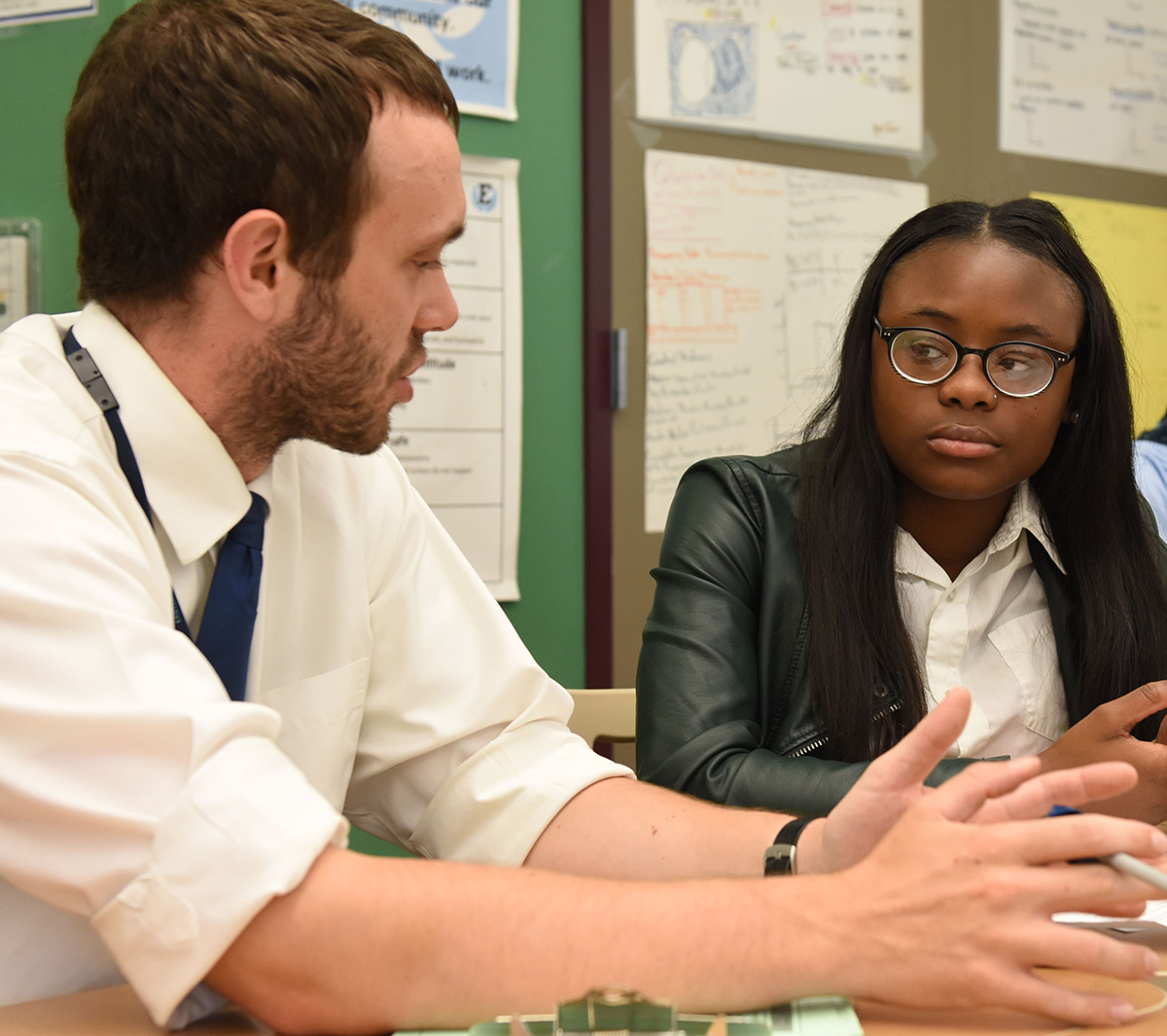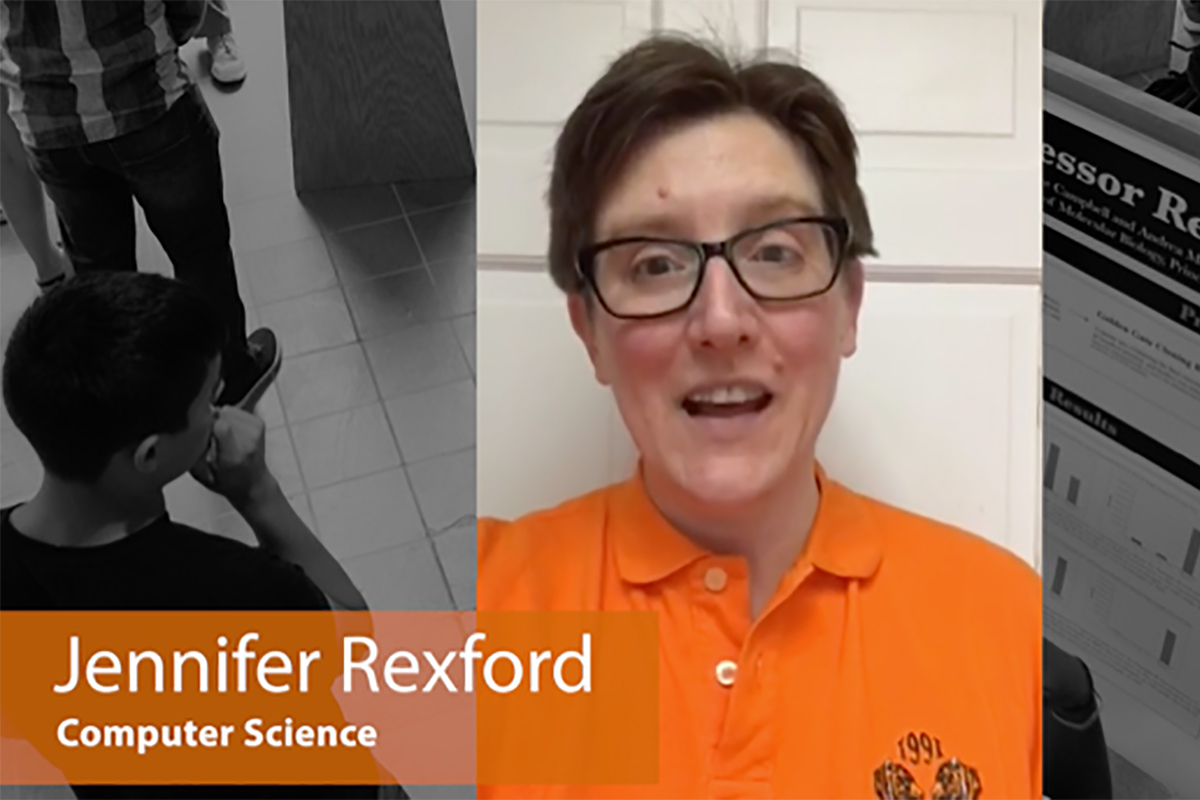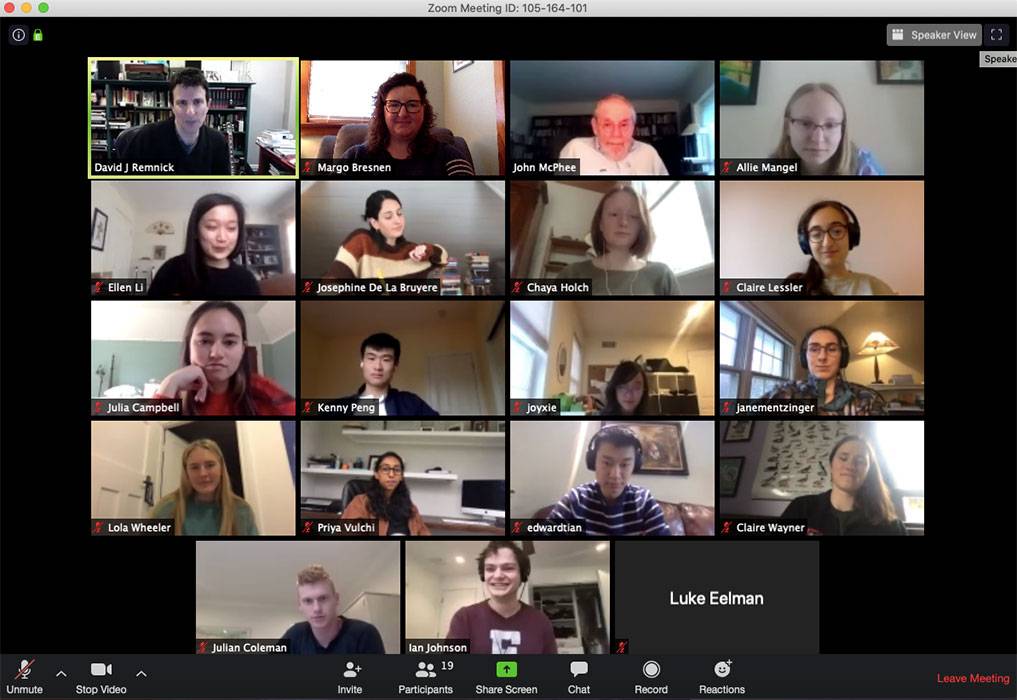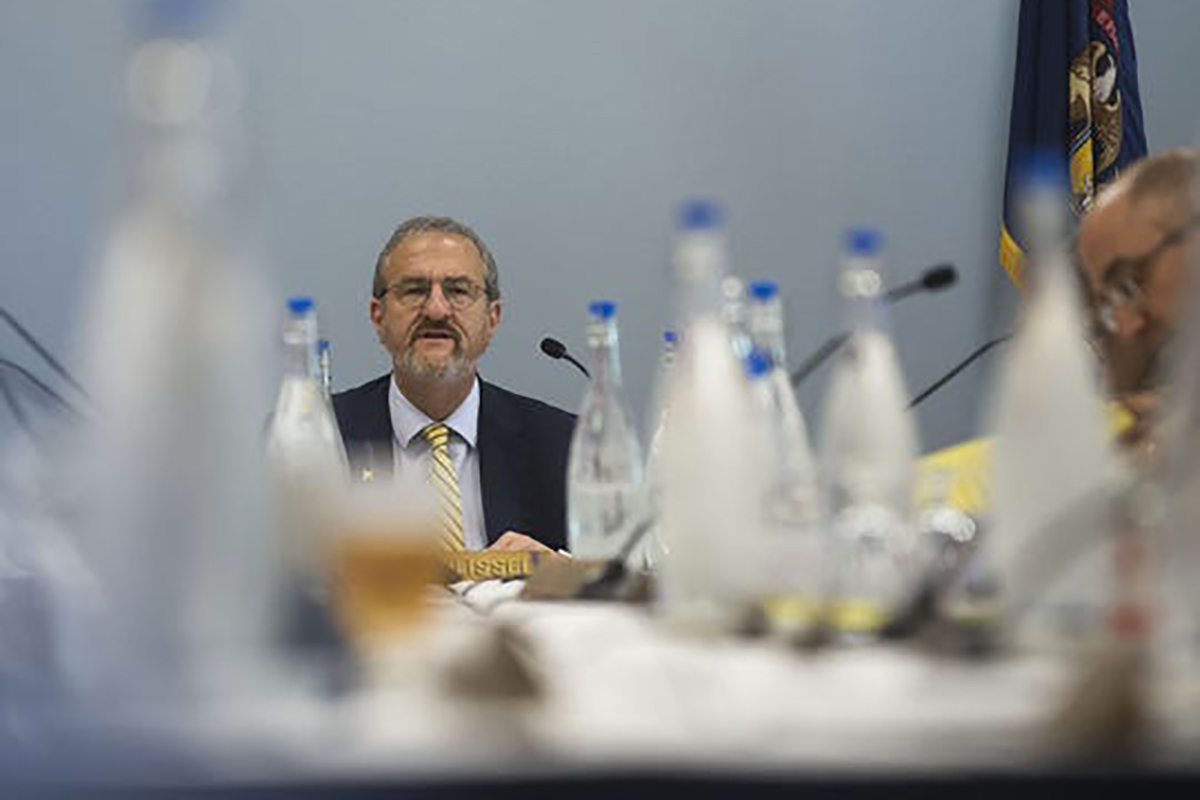
When the coronavirus pandemic forced schools to close, many teachers scrambled to upgrade their tech skills and bring class work online. A resource that was up and running co-created by Rob Barnett ’09 is a boon for teachers navigating this new reality.
The Modern Classrooms Project helps teachers move from lecture style to teacher-created instructional videos, blending tech use with classroom learning. Barnett and his project co-founder Kareem Farah, former high school math teachers, have now shifted focus to add supporting educators in their transition to distance learning. They’ve had 2,000 people participate in their online course in April, a jump from 500 in March.
“We’re trying to share what we do with teachers. It’s not only important now, but when students get back to school, teachers will need to be prepared for the possibility that schools may close again, and be able to make the transition smoothly,” Barnett says.
Barnett recently assisted a high school economics teacher who so jam-packed her video with material that her lecture and text-heavy slides would have a student unsure where to look or when to listen. “Why don’t you use a pen on screen and draw what you are talking about? That way the student will be watching and listening at the same time,” he suggested.
There’s plenty of research done on what makes a good instructional video, and Barnett and Farah have plowed through it. Their project freely offers tips on what kind of software to consider, the optimum length of videos, and other shortcuts teachers can lean on.
Why give it all away? “It’s our mission,” Barnett says. For an added fee, however, coaching and mentoring options are available.
In 2017 Barnett and Farah dramatically overturned the conventional instructional model in their classrooms at Eastern High School in Washington, D.C. Their students’ diverse skill sets meant teaching to the whole class as one unit would leave some bored and others behind. So they created instructional videos with lessons students needed to master and could use at their own pace — in the classroom, on their phones, or in the library. This allowed Barnett and Farah to target individual instruction to students who most needed it, and allow students to invest more in their own learning.
Now they are teaching teachers to replicate their model. The project is working directly with teachers in the Washington, D.C., area through a fellowship program, but has worked with school districts nationally and offers a free online course, too. The online course has assisted more than 2,000 educators from 50 U.S. states and 68 countries worldwide.
Read More about the Modern Classrooms Project.




